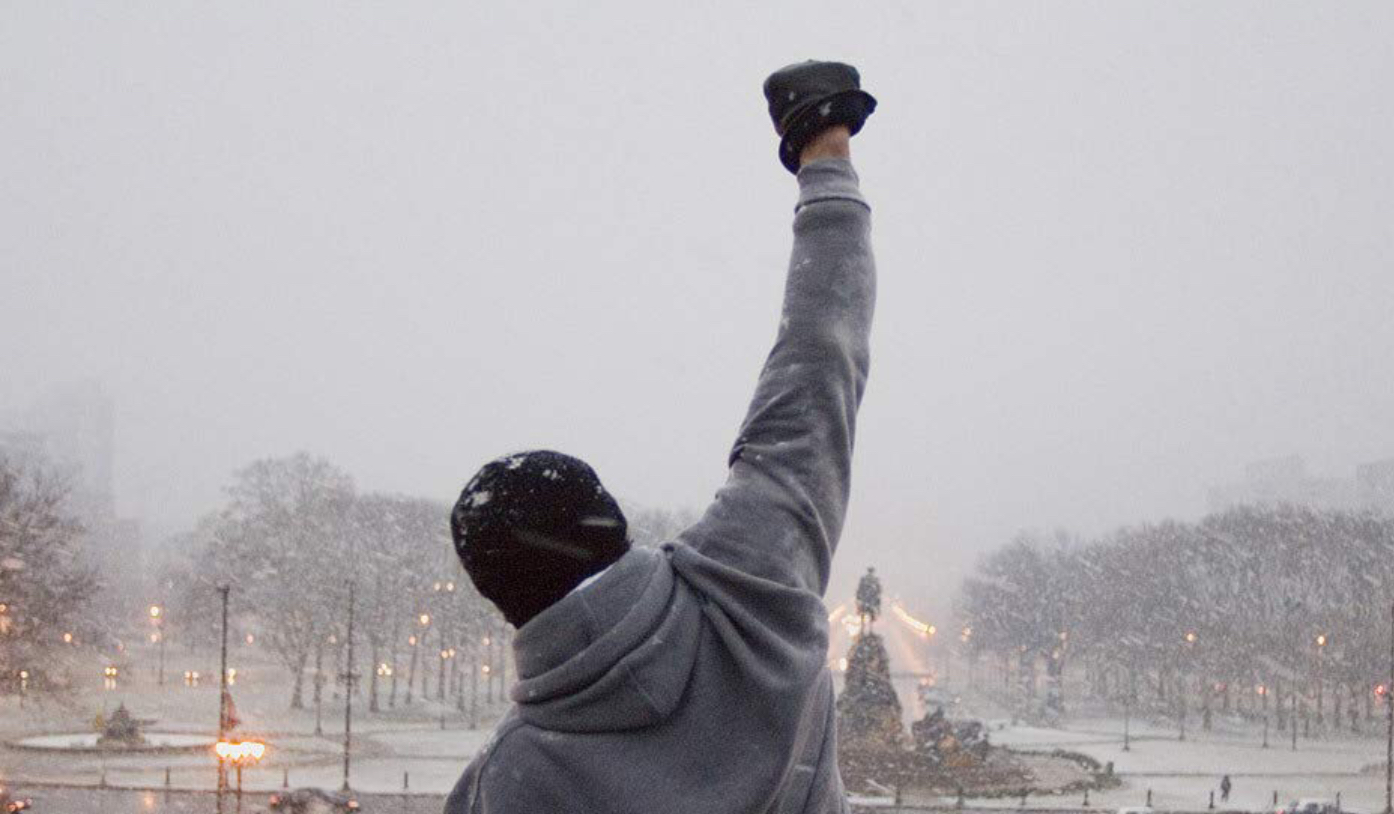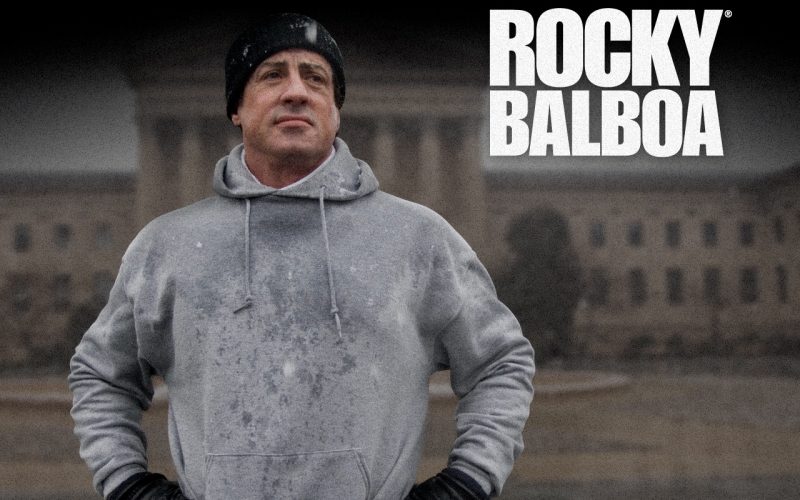Rocky Balboa (2006).
Until 1990’s Rocky V, Rocky Balboa had always been the one guy that Sylvester Stallone could rely on to bring him box office success. Whilst the fifth (and that time, final) instalment had made money, there was a sizable difference at the box office to that of its predecessors and most importantly, it had left a large portion of its audience dissatisfied with the damp squib that the finished product turned out to be.
By the time of the sixth film’s release, it had been 16 years since we’d seen Rocky Balboa put on a pair of boxing gloves and with its star now clocking in at 60 years old, it would be a tough sell to convince anyone aside from the hardcore fans of the franchise, that there was still any fight left in the character to make this a film worth watching.
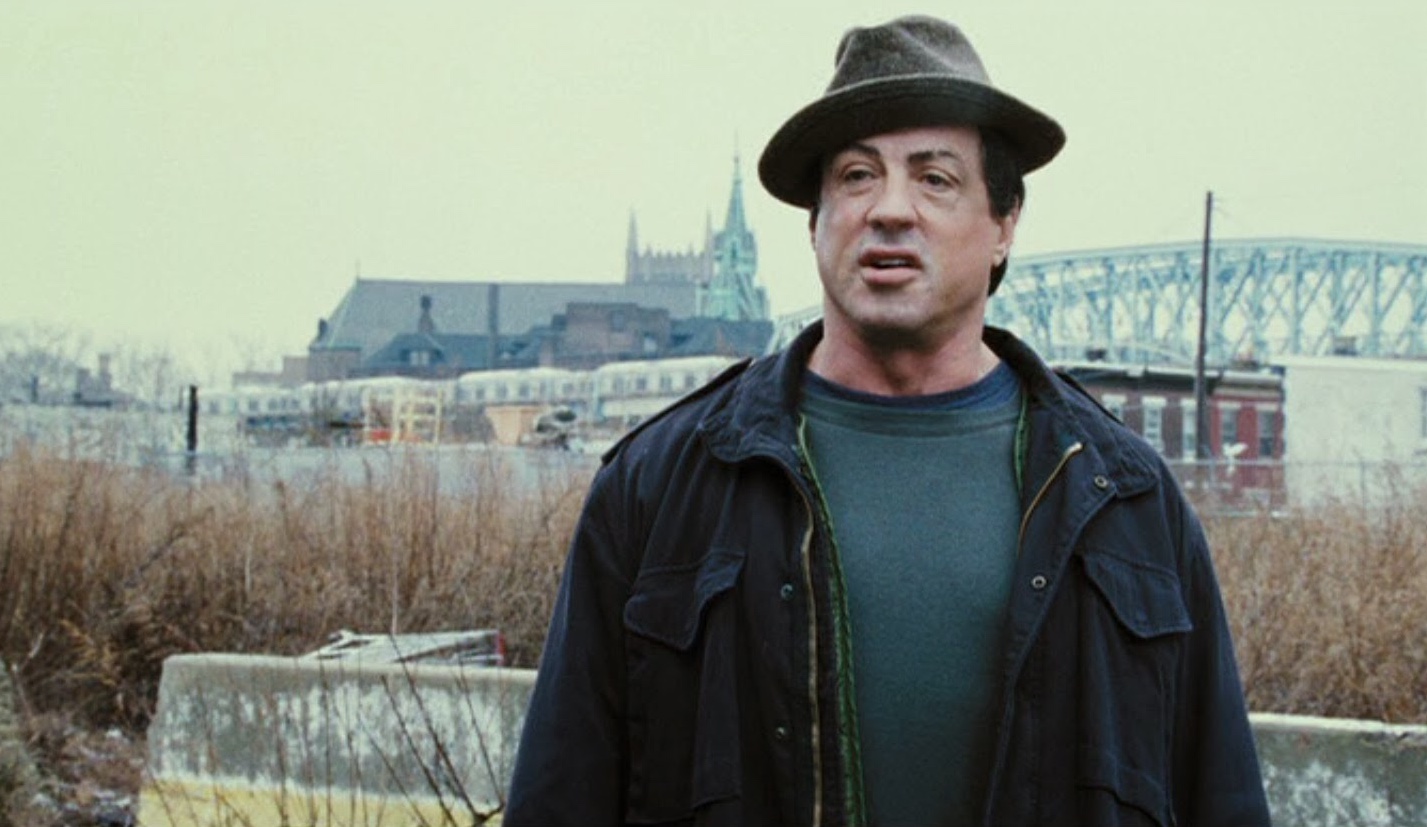
Stallone had proved after Rocky V that he still had a little left in the basement with his 1993 one-two combination of Cliffhanger and Demolition Man. He’d also won critical acclaim for his contribution to 1996’s Copland, easily one of his best performances, but unfortunately after that, successful roles had started to elude him. The dawn of the new millennium had seen the likes of Get Carter, Driven and Avenging Angelo very much falling short of his previous work and sadly the last film that he had starred in prior to Balboa’s comeback had been Robert Rodriguez’s on-going, kid-friendly franchise in the form of 2003’s Spy Kids, where he’d appeared as the villainous Toymaster. Whilst it’s good to experiment with different genres during an acting career, it appears he’d taken the role as other, more appealing offers weren’t exactly flooding in. It wasn’t as if this was even a safe gamble for MGM who had taken on the film after United Artists had passed on their rights to stay in the Rocky business. With a budget of around $48 million, of which around $15 million was Stallone’s fee, this was a far cry from the outside bet that came good for the original film.
There has always been a slight lack of continuity between the films that many of the franchise’s fans are happy to dismiss just to allow themselves the benefit of a new Rocky film. Some classic examples would be that in Rocky II we are told that Balboa has lasting eye damage and could potentially go blind if he were to continue fighting, yet in Rocky III we are shown his next ten title defences, plus a fight with a gigantic wrestler, followed by the two Clubber Lang fights and nobody seems too worried about his sight! Rocky IV supposedly takes place two years later and yet his son appears to have doubled in age since Balboa won the title back. Apollo and later Rocky’s trainer Duke, played by the late Tony Burton, is sometimes referred to as Tony by both Balboa and Creed during the films! There’s also no mention of Rocky’s eye damage stopping him from taking on Ivan Drago during his Russian revenge mission either! By the time we reach the fourth film, Rocky Jr. has gone through yet another rather rapid growth spurt. In fact, in the time it takes his parents to fly home from the former Soviet Union, he’ grown from a child roughly seven or eight years old into a far taller, young teenager! Moving on to Rocky V we’re told that Rocky has lost all of his money and will never be able to fight again due to him suffering from brain damage, yet this seems to have been forgotten when we reach the sixth film. Many fans have theorised that we are meant to skip the fifth instalment, but if we do that then how do we explain that Rocky is back living a rather modest existence in Philadelphia? The fact that he now owns a restaurant could perhaps be explained by some sort of settlement being reached for the embezzlement which caused his bankruptcy, or maybe he got to sue that bastard of a promoter, George Washington Duke for stealing his heavyweight prospect from him.
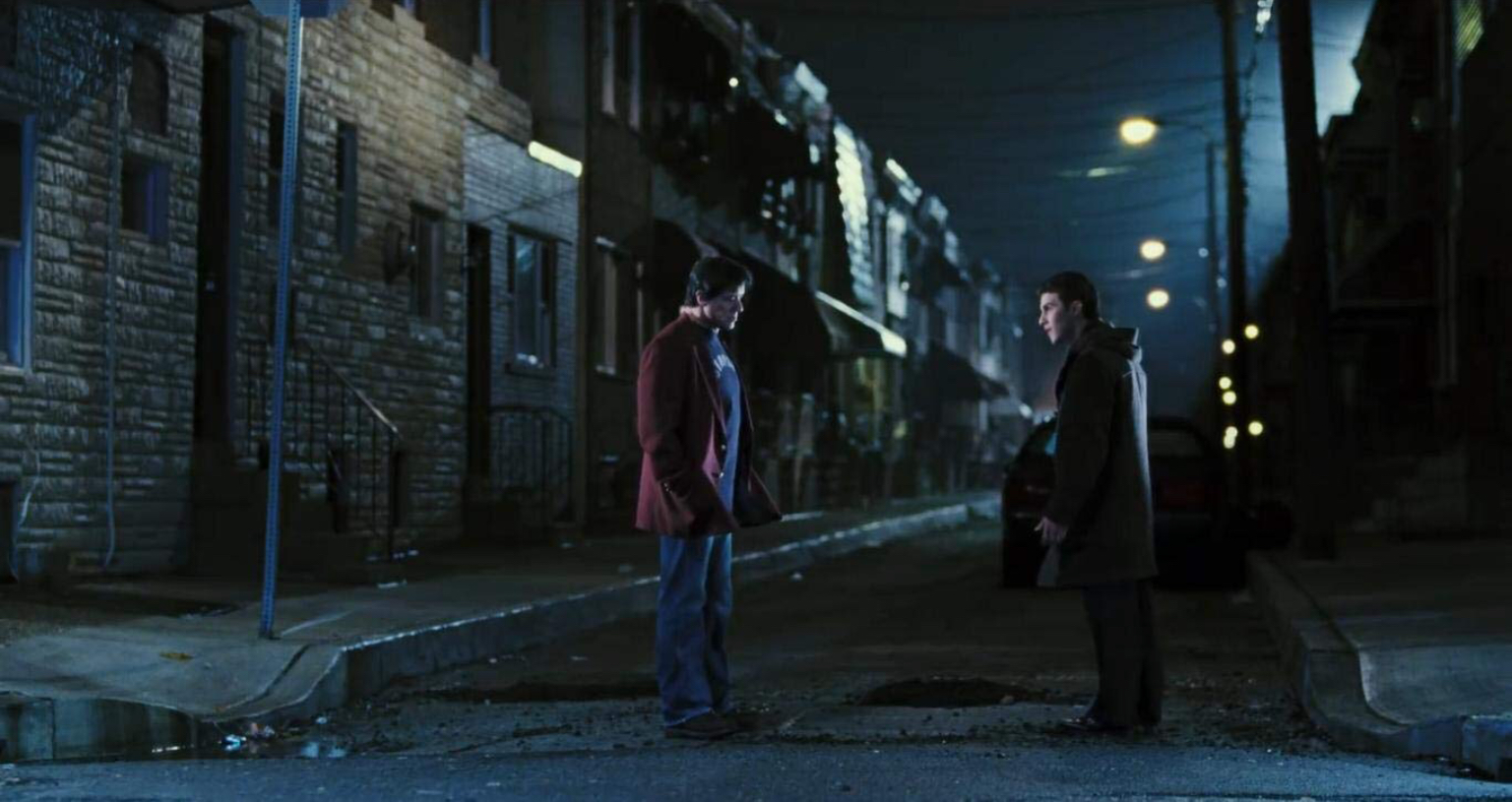
For now, at least, we’ll let the restaurant go, but none the less, Rocky’s brain damage does seem to have been forgotten about rather conveniently to allow his tale to continue. I think we’re safe in the assumption that Rocky V HAS happened, but we also need to accept that certain elements of the previous Rocky story have been retconned somewhat to allow to the story to continue and I for one am completely at ease doing so if only to appease the sinking feeling I get in my stomach every time I think what the end legacy of the franchise would be if we didn’t have this sixth film.
In my previous retrospective of Rocky V, I alluded to the fact that it’s my belief that Stallone had the basis of a good idea for the storyline for the fifth film but through whatever thought process responsible it was sadly lost by the time we’d got to the finished product. For this sixth instalment in the saga, Stallone had time on his side and this was probably in hindsight a good thing. With so many years passing since the last entry, he was able to capitalise on some of the few good aspects from the previous film’ storyline and conveniently gloss over some of the less appealing ones. For a start we are able to have Rocky back where he belongs in Philadelphia. However, one big Balboa gut punch would be served to us almost straight out of the gate. Talia Shire would not be appearing in Rocky Balboa as Adrian had died of cancer in the intervening years.
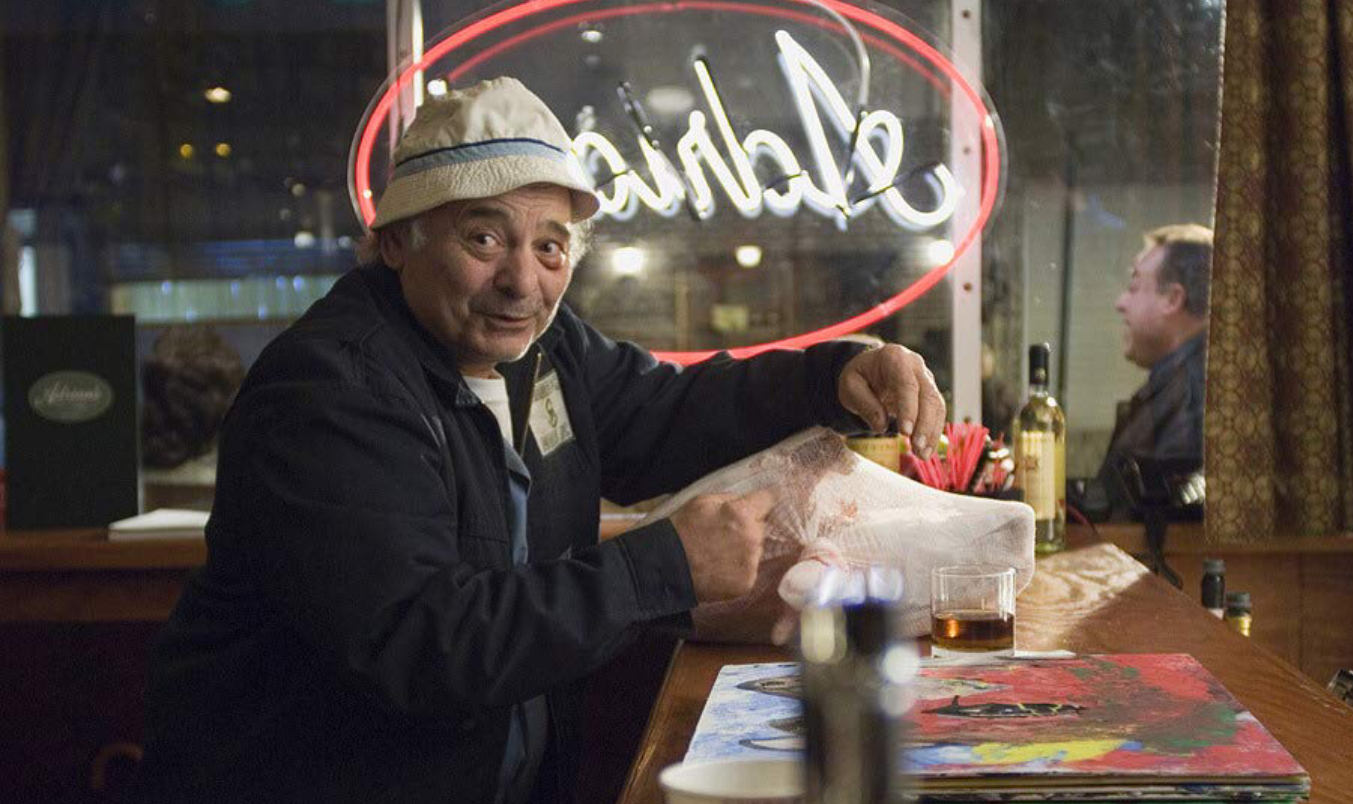
Stallone would later tell USA Today;
“In the original script she was alive, but it just didn’t have the same dramatic punch. I thought, “what if she’s gone?” That would cut Rocky’s heart out and drop him down to ground zero.”
Shire also confirmed this in a later interview with Rotten Tomatoes where she explained that the premise of her character dying on screen had been mooted. However, as her character is so loved by fans of the franchise, not showing Adrian’s death feels like the right way to handle her passing. Stallone had now gained the chance to return the character back to his roots and now the story would have even more impact as the audience knew how much he’d lost by this point in his life.
When we’re first reintroduced to Rocky, he’s naturally much older but is as such back to square one. The film marks a return to the core of the isolation that he was suffering from in the first film, coupled with the grief that he’s now experiencing after losing the love of his life. Balboa also has the added woe of being in a state of almost complete abandonment from his son Robert, with whom he seems to have very little in common with, no matter how hard he tries.
Rocky still has a friend in the form of his brother-in-law Paulie, but the now mellowed out, older version of the character finds it hard to be with Rocky, as he too is struggling with the loss of his sister and is filled with guilt for the pain he put her through in her younger years. Paulie breaks down and admits as much as he joins Rocky for his annual pilgrimage to the places that were special to him and his late wife at the start of their courtship. Rocky’s restaurant is fittingly named after his late wife, its walls adorned with photographs celebrating the retired fighter’s life and career. In many ways Balboa is trapped in the past as he entertains his patrons with after dinner speeches regarding his historic career, never allowing himself to move on. Rocky appears to find security in being allowed to remain in these old stories of a bygone era, as if he believes that he has nothing relevant to offer the present. In much the same way that the younger version of Balboa was presented to us, we now find a man who still tries his hardest not to show to the world the pain and depression that fills him by presenting himself as jovial and friendly, but rather tellingly, the smile and outward warmth fades quickly when he’s alone.
Stallone of course wrote the scripts for each of the Rocky films and this film would also see him back in the directors’ chair as he had been for the other films barring the first and fifth entries. Plot wise we are again presented with (on the surface at least,) an outlandish premise whereby a computer simulation is created for a TV sports channel that pits Balboa against the now reigning champion of the world, Mason “The Line” Dixon, which ends with Rocky winning by a knockout victory, with the Southpaw Slugger’s now legendary heart and determination, not to mention his solid left hook, being too much for the current Champ. Of Course, Dixon and his management team are none too happy about this and it results in Rocky being offered a comeback to take on the current champion in an “exhibition bout”.
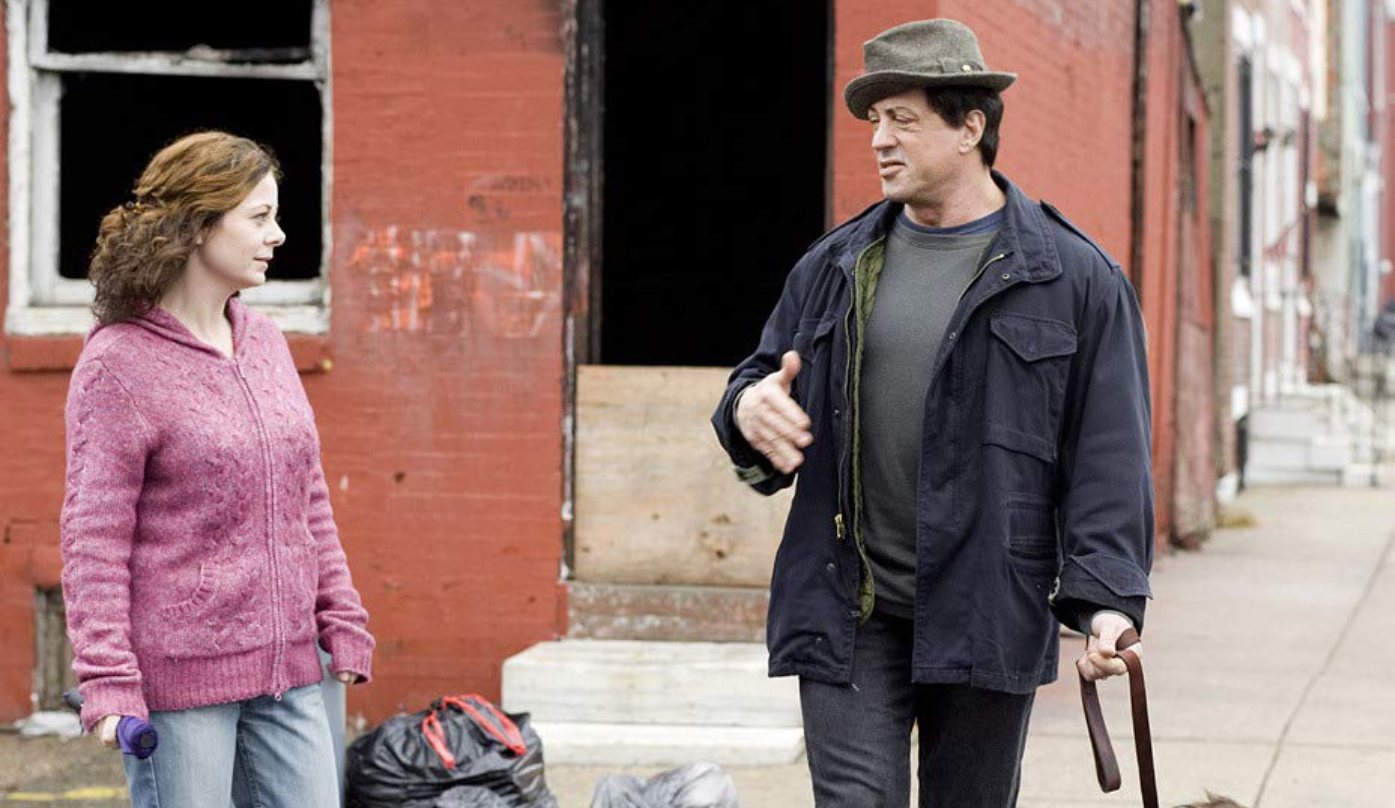
I say outlandish on the surface because those less familiar with the history of the world of boxing may fail to realise that in 1969 a similar thing happened. The finished product was released in 1970 with a film entitled “The Superfight” which was released in 1,500 selected cinemas across North America and Europe. The film featured two real-life former champs in Muhammad Ali and the much older Rocky Marciano. At the time, both fighters were the only men who held the achievement of being an undefeated former heavyweight champion of the world. Marciano had retired with a perfect record of 49 fights with no defeats and Ali had found himself in the fighting wilderness after his boxing licence and title were taken from him when he’d refused induction to the US Military during the Vietnam War. Supposedly the boxer’s records, strengths and weakness were input in to a computer to decide the decision of the match and Ali and Marciano “fought” seventy-five one-minute rounds which were filmed to cover all of the possible outcomes. Marciano took the idea so seriously that he lost around fifty pounds in bodyweight in preparation for the filming and even wore a toupee so that he would appear just as he did in his fighting prime for his loyal, watching fans. As for this computer calculated result, well it depends on where you saw the “fight”. In Europe, Ali wins in the thirteenth round, whereas in America, audiences saw Marciano win by knockout in the same round. Although it has never been confirmed, it is speculated that the production company behind the project assumed that the conscientious objections to the Vietnam War that Ali had made would surely make him the villain of the piece to American audiences? The sad circumstances of the different conclusions aside, the movie managed to rake in around $5 million dollars. The “Superfight” took place after a radio series using the same supposed computer results had pitted various bygone Champs against each other. This had resulted in Ali going out in the second round against Jim Jefferies. Ali had been incensed by this result and had actually filed a lawsuit for defamation of character to the tune of $1 million dollars against the organisers of the tournament, but dropped this when he was offered the Marciano “fight”.
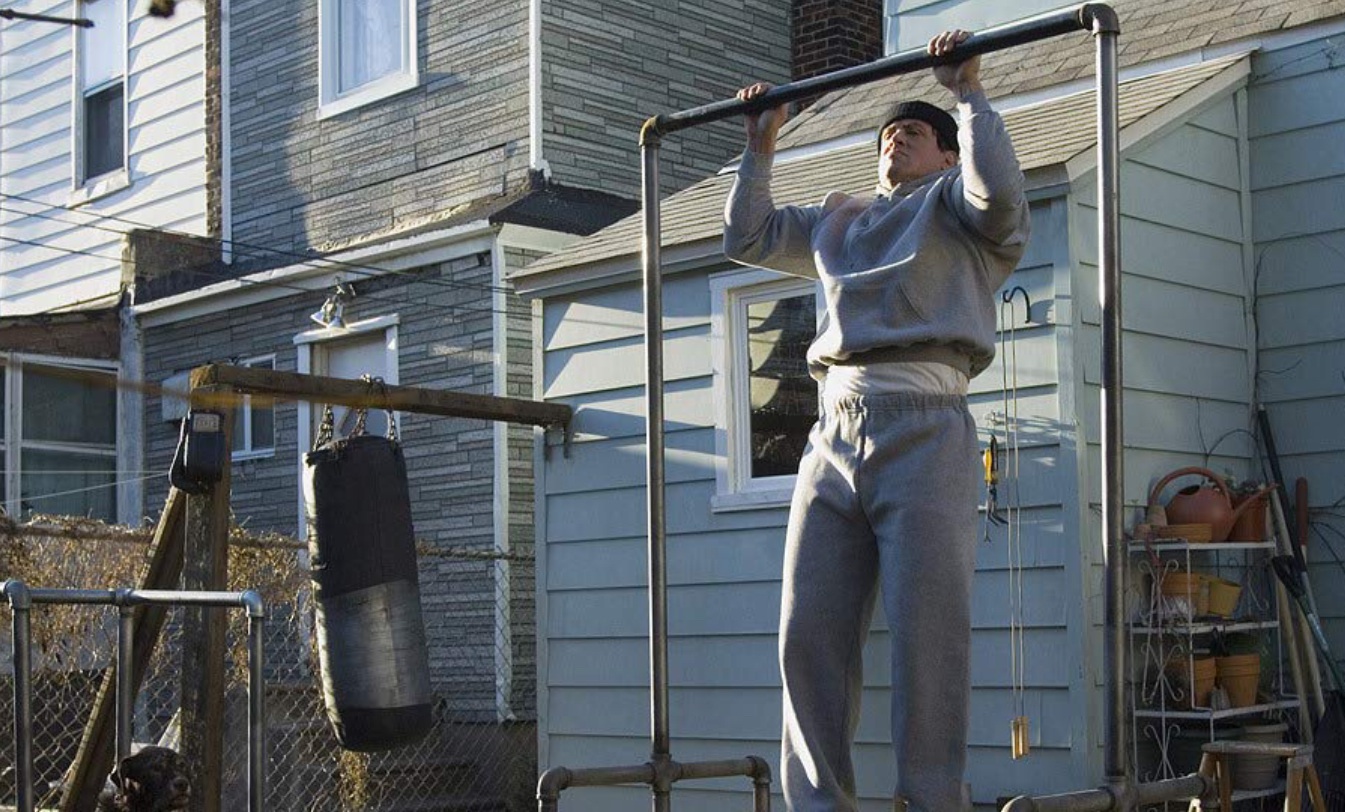
Much like the familiarly named Marciano, Rocky Balboa sees the fight on television and it awakens his fighting spirit once again. The sadness that he’s trapped in is removed by his new motivation of regaining a boxing licence for what he intends to be a small series of locally based, low-key fights, before the offer of the Dixon fight is too tempting for him to refuse. Again, we get echoes of Rocky V here, with the character refusing to allow himself to move on from the adulation he once received from his fans. Although we do see that his local celebrity is still appreciated and endorsed by the modern-day, selfie taking fans who are still rushing to get out their phones when they encounter him, but this is not enough for Balboa. He needs the rush of adrenaline that only boxing can provide, oblivious to the fact that this is the very thing that’s pushing his son Robert further away from him as he struggles to live up to the aura that surrounds his famous father. The ripples of the past films continue throughout the film with landmarks from the older films such as the re-introduction of the first opponent we ever saw fight Balboa. The fantastically named “Spider Rico”. Spider is now a frequent patron of Balboa’s eatery. Grateful for the hospitality of his conqueror, but still too proud to accept a free meal, he refutes Rocky’s kindness and makes amends by washing the dishes in the restaurant kitchen. As well as several of the other famous landmarks from the previous films, we also make a return visit to “The Lucky Seven Tavern”, which allows Rocky to reconnect with another smaller character from the first film in the form of a now grown up “Little Marie”, who was last seen in the first film yelling abuse at Balboa in the street when he walked her home, chastising her about her choice of friends. Marie is now a struggling single mother to a teenage son.
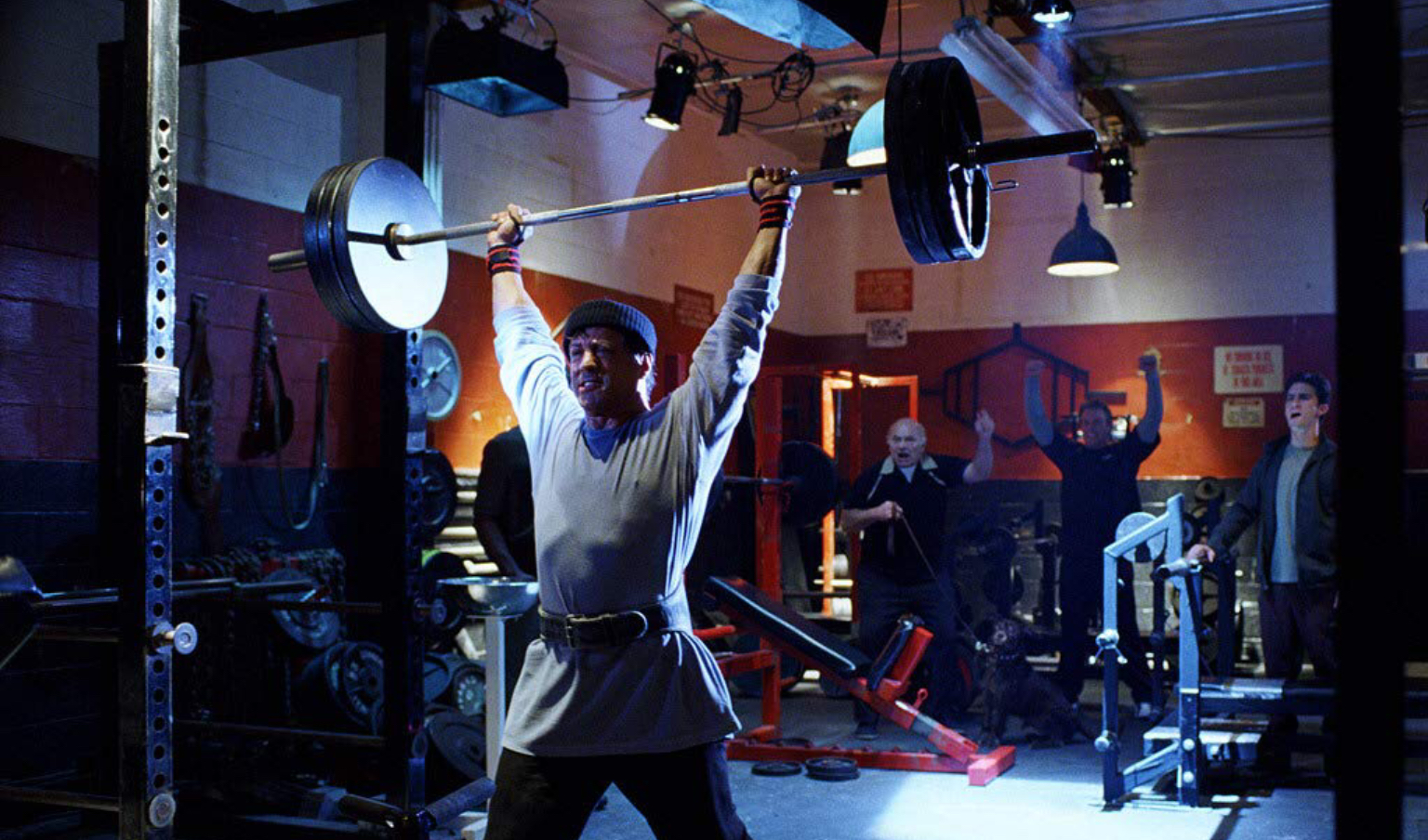
Whilst Balboa has experienced different life experiences prior to his return to where it all started, Marie has apparently remained in Philly. In a marvellous moment of recognition, Rocky is even able to recall the moment they last spoke, telling her “Good insults last a lifetime”. Over the years since Balboa’s release I’ve addressed this character’s involvement with several friends in conversation and also read much about how people feel uneasy about the relationship between Rocky and Marie, with many stating that it’s an uncomfortable love story. I’ve never viewed their relationship as a wholly romantic one. Their relationship and the development of his bond with her son Steps, has always come across to me as Rocky providing his services as a father figure or friendly Uncle.
Rocky always sees the potential good in people and will do all that he can to help them out. Much in the same way that he initially tried to protect Marie from slipping into the wrong way of life all those years ago, he’s now trying to steer her back towards believing in herself once again. He also knows how easy it is for a fatherless son to drift onto the wrong side of the tracks from his own personal experiences, and subsequently he wants to help provide guidance to her son. This is not to say that his actions are completely selfless. Rocky finds comfort in their new friendship and the shared experiences that he obtains from this new adopted family that he finds himself drawn to, which in turn helps him reconnect with his own son when he finally sees how alone Junior is feeling.
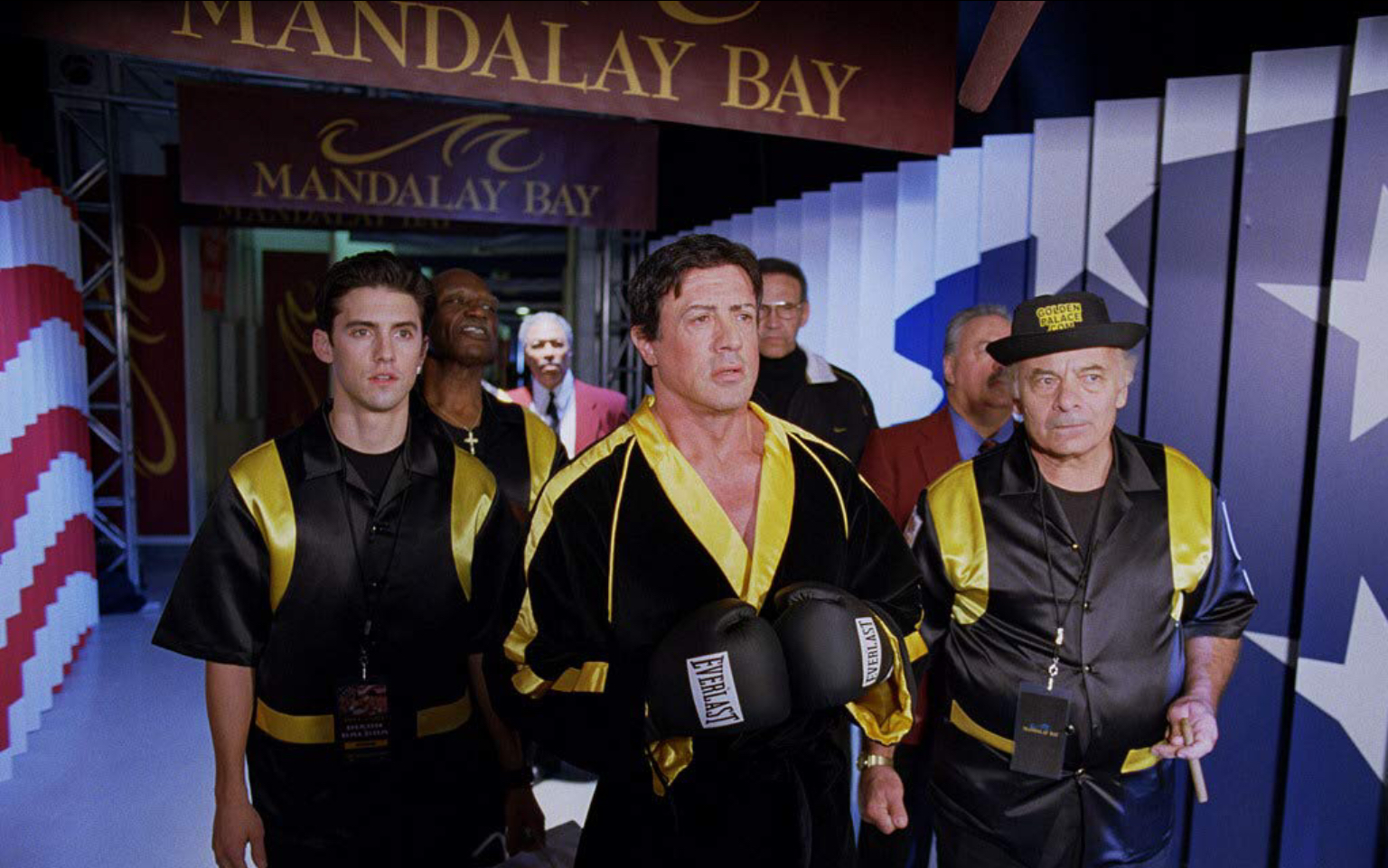
On the subject of this re-forming of their relationship between Robert and Rocky, it would be remiss to fail to mention how this comes about between the father and son. With Balboa now back in possession of a boxing licence and having agreed to fight the champ in Las Vegas, he is paid a visit by his son played with the inclusion of some amazingly accurate Stallone-esque facial mannerism’s by Milo Ventimiglia. It’s uncanny how the younger actor effectively mimics Stallone’s famous mouth movement when he displays emotion. Robert is dismayed that his father will embarrass not just himself, but ruin any chance that he has of finally managing to step out of his father’s shadow. The speech (that I’ll later come back to) is a brilliant piece of writing, expertly delivered by Stallone and is probably my favourite scene in the whole series. It’s simply one of the most moving bits of dialogue I’ve ever encountered. Speaking as a father myself, I hope that my son never finds himself feeling this way about his life, but if he ever did, I’d probably just sit him down and make him watch this scene. It’s classic in the Rocky sense that it could be applied as inspiration to people facing any number of personal dilemmas. One man’s whole lifetime of wisdom and experience laid bare in front of his son’s eyes and whilst it provides the whole motivation for Balboa’s continued existence, as he lays it bare for his son to see, it also gives the younger Balboa the motivation to change his life for the better.
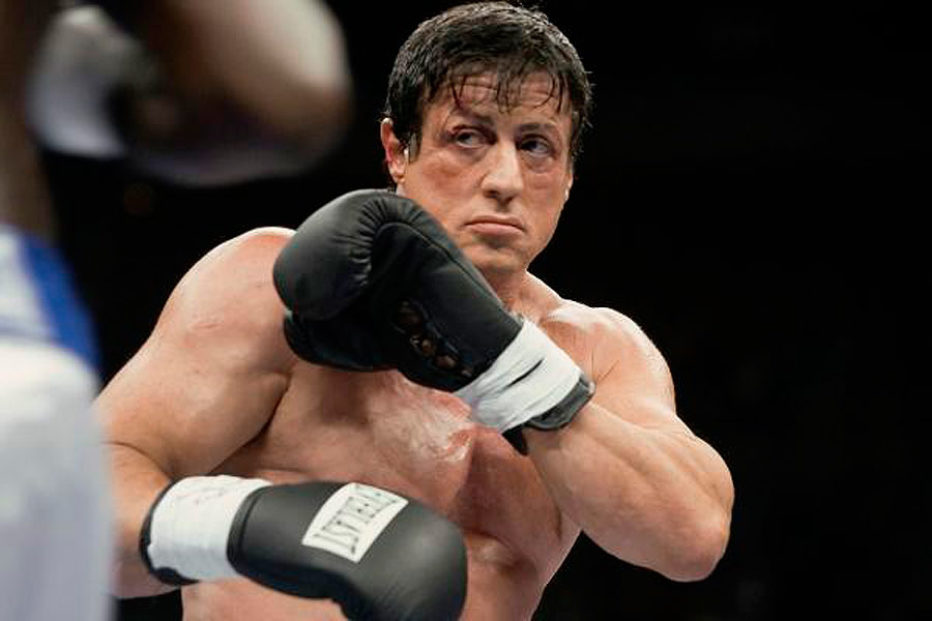
Normally I’d never include such a large part of the film’s script in a retrospective but in this case, I’ll make an exception.
“You ain’t gonna believe this, but you used to fit right here (Rocky holds up the palm of his hand). I’d hold you up to say to your mother, “This kid’s gonna be the best kid in the world. This kid’s gonna be somebody better than anybody I ever knew.” And you grew up good and wonderful. It was great just watching you, every day was like a privilege. Then the time come for you to be your own man and take on the world, and you did. But somewhere along the line, you changed. You stopped being you. You let people stick a finger in your face and tell you you’re no good. And when things got hard, you started looking for something to blame, like a big shadow.
Let me tell you something you already know. The world ain’t all sunshine and rainbows. It’s a very mean and nasty place and I don’t care how tough you are it will beat you to your knees and keep you there permanently if you let it. You, me, or nobody is gonna hit as hard as life. But it ain’t about how hard you hit. It’s about how hard you can get hit and keep moving forward. How much you can take and keep moving forward. That’s how winning is done. Now if you know what you’re worth then go out and get what you’re worth. But you gotta be willing to take the hits, and not pointing fingers saying you ain’t where you wanna be because of him, or her, or anybody. Cowards do that and that ain’t you! You’re better than that!”
For the inevitable training montage that every Rocky film needs, Stallone again returns to the original formula. Rocky is once again seen pounding the streets of Philly in his now familiar trademarked grey sweats. Hitting the heavy bags and lifting weights to the tremendously rousing score of Bill Conti’s “Gonna Fly Now”, and of course finishing with one final run up the steps of the Philadelphia Art Museum. If you’re a fan of this series, I defy you not to feel the hairs on the back of your neck stand up at this final climb for Balboa before he heads into his last battle.
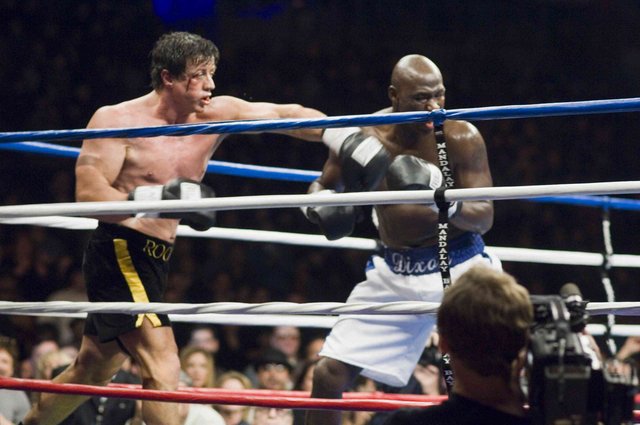
The fight itself is remarkably well shot and in my opinion, the best of the entire series. Whilst the rest of the film is filmed in a rather muted 35mm, the fight itself is filmed in High Definition with the assistance of HBO’s now sadly defunct boxing production department, giving it an incredibly realistic feel. In fact, the ring walks and boxer’s introductions were actually shot in between the bouts of an actual HBO Boxing televised show. When you see cutaway shots of members the crowd chanting “Rocky! Rocky!” it’s for real. The inclusion of the presenting team of HBO commentators Jim Lampley, Max Kellerman and Larry Merchant, not to mention a ringside shot of Mike Tyson arguing with the champion Dixon, played by the former Light Heavyweight and Cruiserweight Champion of the world, Antonio Tarver, again adds a marvellously meta feel to the audience, many whom were familiar with watching a big fight. Tarver himself, whilst having had a limited speaking role so far, gives the type of expert, filmed fighting shots that you would expect him to, and when coupled with Stallone’s by now well-rehearsed stage fighting skills, the bout looks refreshingly realistic and believable in comparison to some of the other matches featured in the rest of the series. Stallone’s directorial prowess is also on show here as he splices in several black and white scenes with only the fighters blood showing as red during the in-match montage, likely an homage to the one boxing film that many cinephiles cite as the best boxing movie of all time, Martin Scorsese’s 1980 Jake LaMotta Biopic Raging Bull, a film that Scorsese once stated would’ve never got the greenlight had it not been for the success of Rocky.
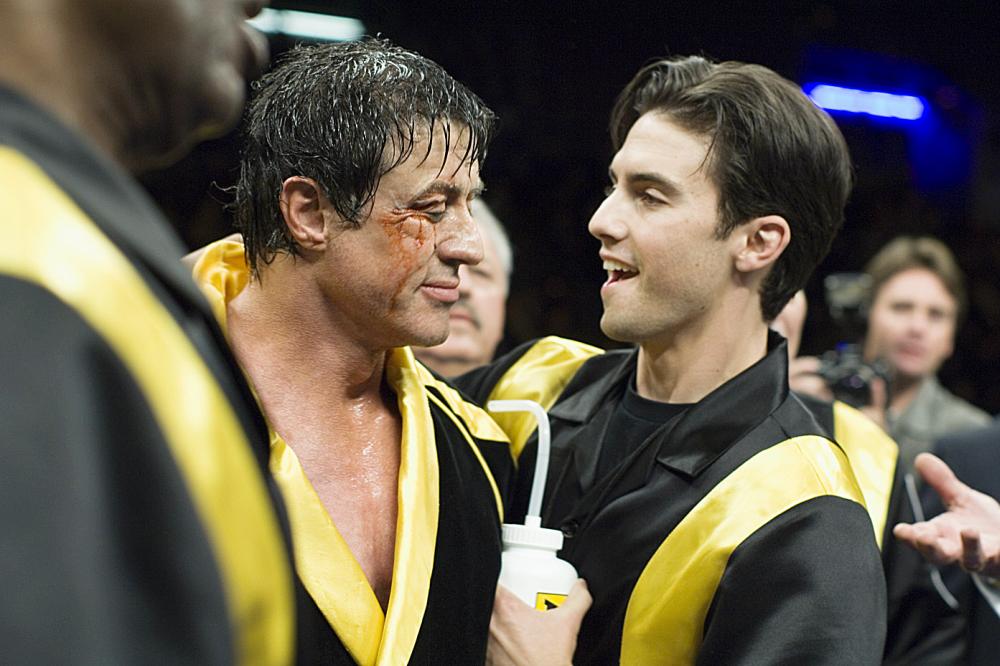
The ending of the film is in line with its beginning. A beautiful retelling of the bookends of the original film. Both films begin with Rocky stuck in the confines of isolation and provide an ending with the fighter not only shocking the world by going the distance, only to lose by a split decision, but also we get to see that he finishes on his feet, surrounded by love. Instead of Adrian, he now has his friends and most importantly, what remains of his family back in his corner. It’s a perfect ending to a film that attains a beautiful balance between nostalgia, organic character progression and respect to the previous films in the series. It’s the perfect footnote to a truly epic saga of one man’s journey from humble beginnings to greatness and back again.
A version where Balboa actually won the fight was also filmed, but I feel that Stallone made the right choice. Again, it’s perhaps easy to point out that a fighter in his fifties (as Max Kellerman refers to Balboa during the fight commentary) would never be able to win back the heavyweight title, but again history proves such an assumption to be flawed. George Forman not only came back to go the distance with Evander Holyfield and, in a bizarre twist of events, against Rocky V’s own Tommy Morrison in World Title fights, but he even managed to regain the title over twenty years after previously holding it when, at the slightly younger age of 45, he knocked out the then 26 year old champion, Michael Moorer with a thunderously powerful punch in 1994. Foreman had lost pretty much every round going into the tenth and was thought to be heading towards another “honourable defeat” when he silenced his critics and rendered the judges’ cards irrelevant with his massive right hand. Hollywood allows us to dream but Foreman showed that dreams can come true. Foreman is often overlooked as a form of inspiration for the Rocky series. Not only did his middle aged comeback lend credence to this sixth film, let’s not forget that the beating he’ given Ali in the ‘Rumble in the Jungle’ prior to him being knocked out in 1974 lead to Ali’s team looking to find a soft touch for Ali in his first defence against Chuck Wepner, and we all know what that lead to.
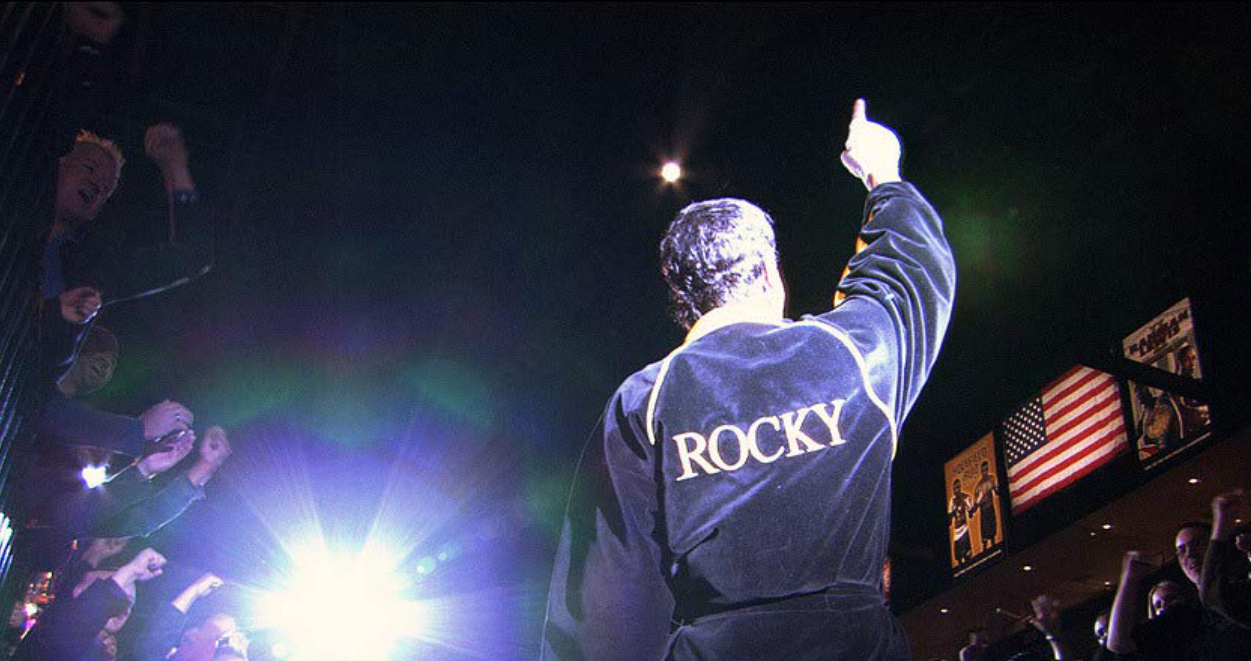
Often with a retrospective piece like this I’ll offer interpretations of certain aspects of a film. I will however, endeavour to remain objective in my opinions with regards to the film’s impact upon my personal life. However, when writing about the Rocky saga, this has been remarkably difficult to do, and aside from a few slip ups along the way, I hope that I’ve maintained at least some degree of objectivity. No easy feat as these films form such a significant piece of my life. Were it not for the Rocky films, I’m unsure if I would have become the person I am today. These films transformed me from a shy, unsure kid who was scared to stick up for himself and led to me making that first nervous visit to a boxing gym. Whilst I never became Heavyweight Champion of the World, boxing gave me an outlet that I think a lot of today’s youth could benefit from. These films instilled in me a work ethic that has at least given me the motivation to look for achievements in other parts of my life and the confidence to stand up for the things I believe in.
These films taught me to be considerate and to always strive to try and help others who were in need. To try and see the good in people even when they’re surrounded by darkness and despair. Rocky may be a fictional character but he has touched not just me, but millions throughout the world.
Rocky Balboa is such an important icon of cinema that the original Rocky was selected for preservation in the United States National Film Registry being cited as “culturally, historically and aesthetically significant.” The character had such an impact upon the boxing world that Stallone was inducted into the Boxing Hall of fame in 2011. And to this day, if you walk into any boxing gym, there’s a good chance that on the walls, hidden between the old fight bills and faded black and white photos of real-life success, you’ll see a familiar face, Rocky Balboa, Sylvester Stallone.
From the bottom of my heart Mr Stallone, I thank you.
Film ‘89 Verdict – 10/10
